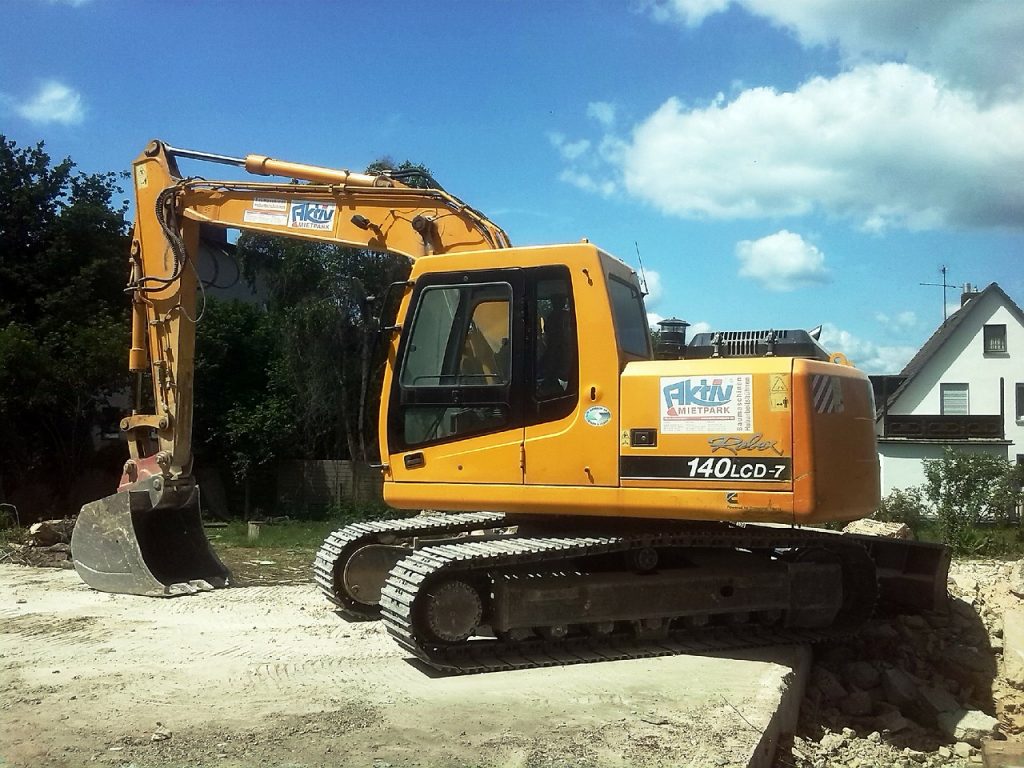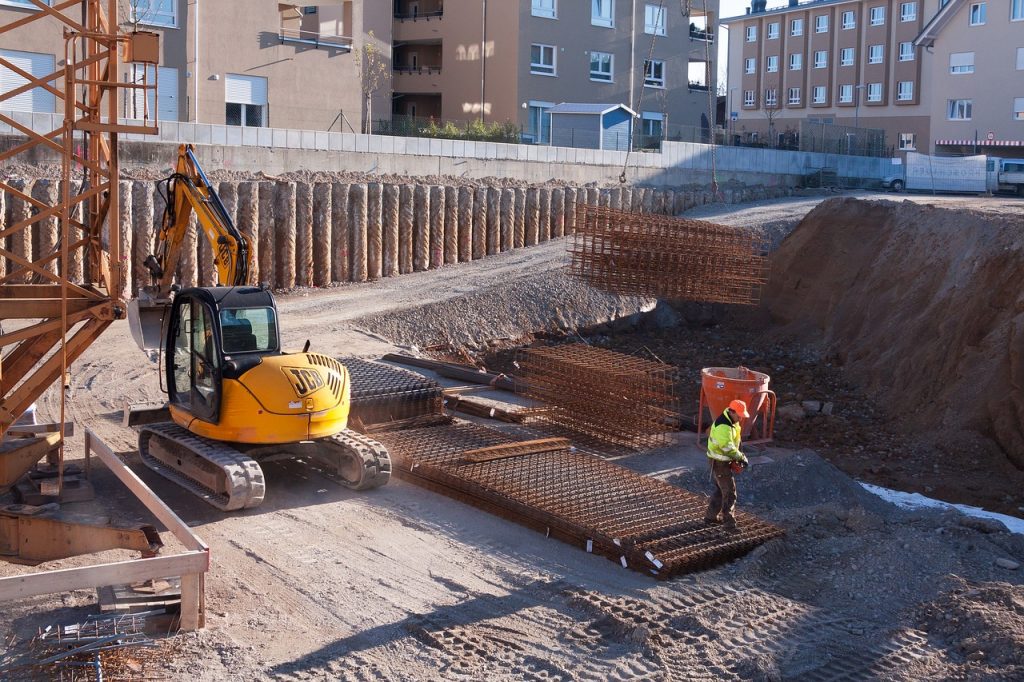Excavation for foundations is one of the first works carried out on a construction site. What is worth knowing about their performance?
Excavation for foundations is one of the first works carried out during the construction of a house. All earthworks must be included by the investor in the construction permit – according to article 3 item 3 of the Construction Law.
The marking out of the foundations for the house construction must be done by a surveyor. He makes an outline of the building, marking essential elements with an accuracy of 1 cm. After the delineation, you should wait for the inspection carried out by the construction manager. If the survey is done correctly, an entry will be made in the building log.

Before you start excavating for foundations, you should obtain information
Division of foundation excavations according to dimensions:
The width of the foundation at the bottom may not exceed 1.5 m. This type of excavation is mainly used if the house does not have a basement. The depth of this type of excavation should be below the ground freezing level. They should also be 30 cm wider than the planned footings.
Width of the foundation bottom exceeding 1.5 m. They are mainly made for houses with basements. The bottom of such an excavation should be below the ground frost line, which should be 0.8 to 1.4 m.
The simplest and most popular method of securing the walls of wide-span excavations is sloping. If the depth of the excavation exceeds 4 m, then the protection of foundation walls must be performed according to a specially prepared project documentation.
Wide-span excavations must be adequately secured, e.g. with watertight screens or retaining walls. The most popular and economical solution is cement-concrete protection.
>> Read also: How to find a good construction crew?
An excavation whose width and depth do not exceed 1.5 m.
The foundations are divided according to their depth:

A construction site, especially during the preparation of foundations, is a very dangerous place. This is why excavations must be properly secured. The area of carried out works should be fenced. Foundation excavations must be secured in such a way that no one can fall into them. If they are more than 1 m deep, it is necessary to make an exit and an entrance.
After excavating for foundations, it is necessary to secure them against a landslide. This is done using shoring.
Types of formwork
The most common formwork is made of planks or wooden boards. Trench formwork has an adjustable height.
>> See also: Easy patents for construction site protection
Manual excavation of foundations is much cheaper, but it takes much longer. Nowadays, more and more often foundations are made with an excavator because:
If poor soil quality has been detected during examinations, i.e. there is a layer of peat or loose soil under the humus layer, in such a situation you can: